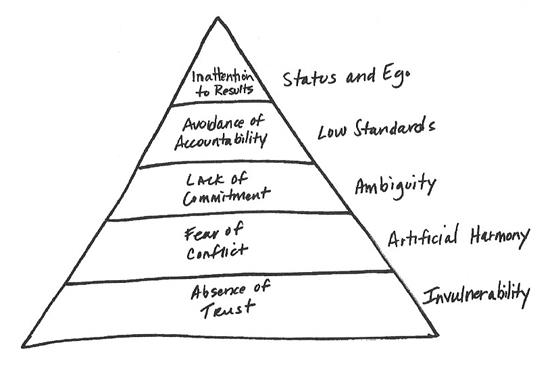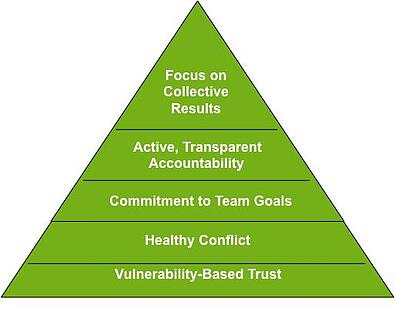More often, organizations pervert the notion of the Sprint “commitment” with crushing delivery pressure or a lack of a support structure that allows a real commitment culture to take hold. For these environments, you can see the team do a collective “Whatever!” when Sprint Planning ends and everyone is looking for the commitment to the Sprint Goals. The real “commitment” is just to get the Sprint Planning meeting over and done. It is these types of organizations from which the Scrum Guide felt the need to “protect” us by removing any notion of commitment.
For now, let’s assume that we have the right leadership, the right team members, and the right mindset to foster a real Culture of Commitment. What does it feel like to have a real Culture of Commitment?
Commitment gets rooted in an organization at the pinnacle event of the Sprint Planning meeting. At this ceremony, where Agile and Scrum are understood at a deep level, the team and the surrounding organization can make it routine for the team to feel comfortable with making a commitment for the Sprint. Is the expectation that the team will “die trying” to make the commitment? Absolutely not! Do we expect that the team works diligently, takes a Whole Team Approach, and strives for all Sprint Goals to be “done-done” with uncompromising quality? Absolutely yes! When team members trust each other enough to challenge a colleague when they are stumbling on holding up their contribution to the Sprint Goals, a Culture of Commitment is can be considered part of the DNA of an organization. When a team is truly a team and can look each other in the face and feel “we are in the boat together” at Sprint Planning and all other Scrum ceremonies, a Culture of Commitment can completely bloom. When a team feels support from leadership to remove impediments and fully trusts that leadership will leave them alone and focused on their Sprint Goals for the duration of the Sprint, a Culture of Commitment can thrive.
Patrick Lencioni’s “The 5 Dysfunctions of a Team” describes a model for how teams keep themselves from achieving real and consistent results when they have any of 5 dysfunctions pictured below.

The dysfunction at the heart of Lencioni’s model is “Lack of Commitment.” So, you could have a team that trusts each other, knows how to engage in constructive conflict, but the lack of commitment keeps them from real accountability leading to real results. Lencioni’s model is very powerful. When considered from a more positive view rather than dysfunctions, the foundations for getting to collective team results seem clearer.

So, what does a Culture of Commitment feel like in an organization? It feels like everyone, every team, and every leader is focused on accomplishment and results. It feels like everyone, every team, and every leader embraces being accountable to each other. Once accomplishment and results are experienced frequently, the inertia created by this organizational flywheel of significant business value delivery AND personal joy cannot be stopped.
Looking to jumpstart your business transformation?
Let us show you how.
Our JumpStart Assessment ensures that your leadership team is commited to the transformation journey. It Includes:
- Training the leadership team in Agile Fundamentals and the benefits of a successful transformation
- Interactively establishing a shared vision and measurable objectives
- Conducting an assessment to identify primary strengths and weaknesses
- Analyzing the Assessment Results and a recommending a Transformation Roadmap
